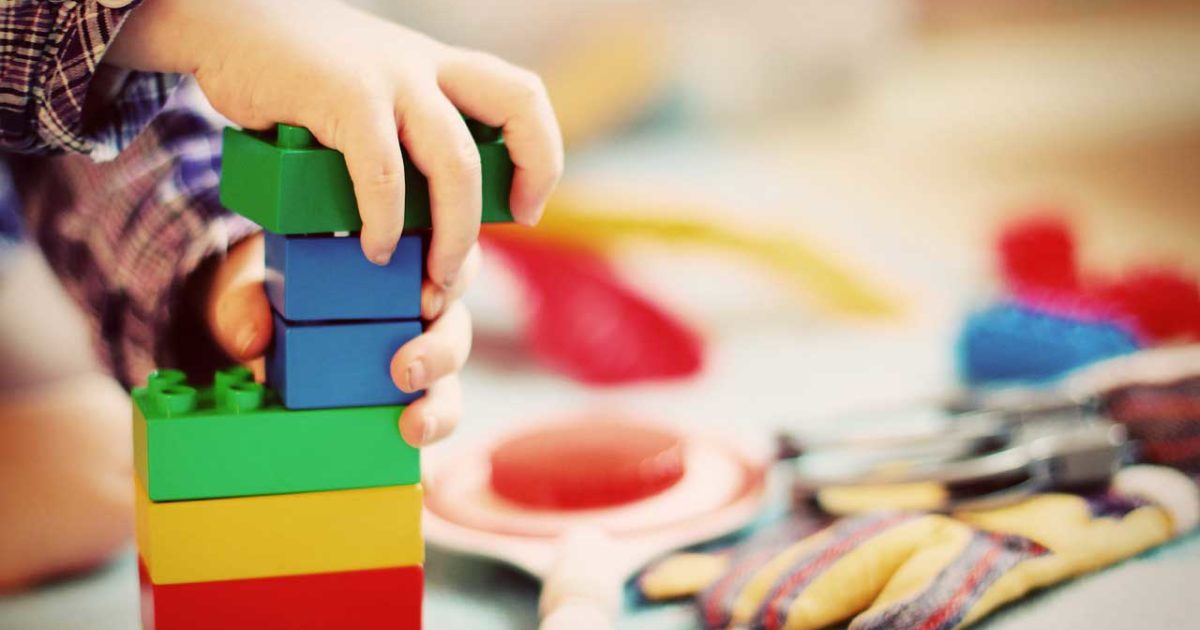Play therapy has a huge impact for kids with autism. Goofing and horsing around, though may seem unstructured to those who are not familiar with play therapy, can have serious therapeutic effects for kids with special needs, especially those with autism. It provides a great platform for interacting and communication, key areas where a child with autism needs to work on. By adding some structure and rules, play becomes a powerful tool for developing and enriching motor skills, coordination, problem-solving, and so much more.
Understanding Play Therapy
Play therapy is a common tool for providing psychotherapy for young people. Though this tool is popular, this is not like the play therapy given to kids with autism. The play therapy given to kids with autism where enrichment activities, mostly play-based, utilizes the interests and obsessions of the child to facilitate social interaction and communication.
Directive and Non-Directive Play Therapy
Non-directive Play Therapy
This type of therapy is more unstructured. In this type of play therapy, children with autism are left to themselves to play within given boundaries and restrictions. They are left to solve problems on their om and to guide themselves given that some conditions are met.
Directive Play Therapy
Directive play therapy on the other hand is the opposite of non-directive therapy. In this type of play therapy, the parent or the therapist will guide the child or make some suggestions to reach a certain goal.
Both directive and non-directive play therapies can be utilized in a single session. Some therapist will usually begin with non-directive therapy, allowing the child to play on their own and then switch to directive therapy once the child is already accustomed to the surrounding or to give the child a little push to reach the goal set for that play session.
The Goals of Play Therapy
The goals of a single session may vary depending on the child’s level interaction. However, these goals will fall under the six basic goals of play therapy:
- The child shows signs that they understand the mechanics of a toy or a game.
- The child actively communicates or engages with the therapist.
- During the session there should be some sort of two-way communication between the child and the therapist.
- The child becomes aware of their needs and wants when playing.
- The child communicates what they want, whether saying they want that toy or by just simply pointing at the toy.
- The child will try to or be able to calm themselves when they get upset.
Finding a good therapist for kids with autism can be challenging. Though there are a lot of certifications available, most of these certifications are not recognized by national therapeutic associations. And another thing to note, some facilities may not have certifications but that doesn’t mean that the therapists are not good. Some therapists with years of experience just doesn’t stock up credentials specifically for this type of therapy. It is the responsibility of the parent to investigate the type of training, teaching style and background of the therapist and closely monitor the progress of the child.





